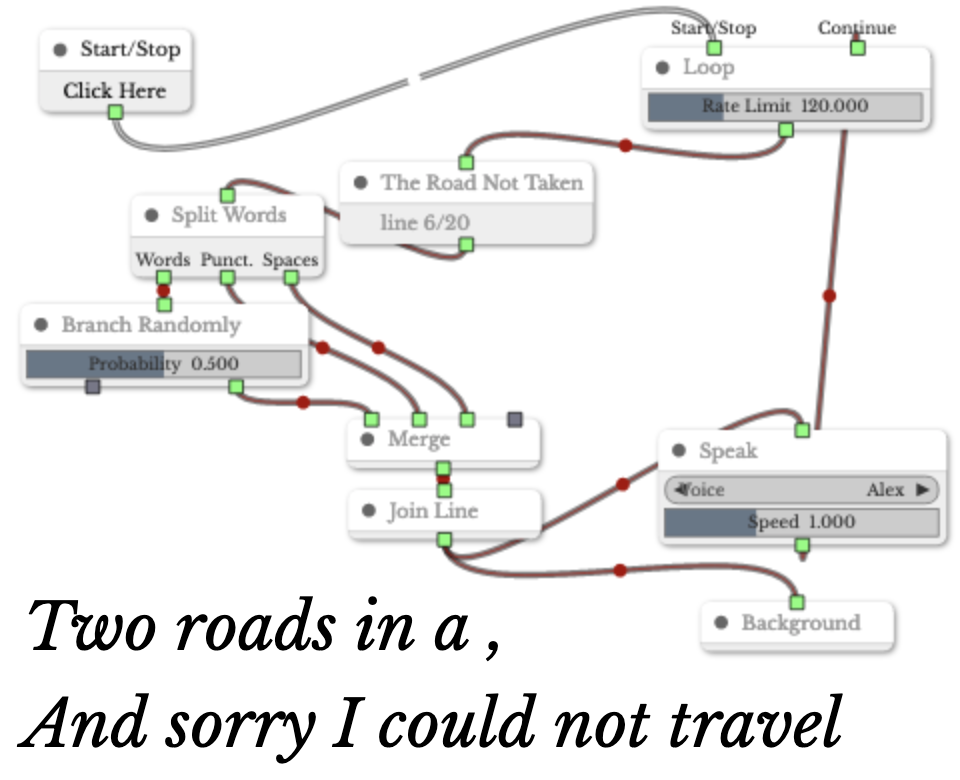You do a daily blog, you plan a post for a day, and sometimes it doesn’t work out. It happens. Today’s post was going to be a romhack but it turns out it didn’t meet my fairly high standards for romhacks. I’m really picky about them. It was a Super Mario World hack with a strong and interesting theme, I was excited about writing about it, then there was a long jump that required bouncing off a flying turtle right in the first level, and that was right after a couple of tight jumps out from beneath two Thwomps with Podoboos jumping all around, then when I finally got by it, there was a room where water was unexpectedly instantly lethal, as if it were spikes. I don’t have time for that.
I play these things to write about them, but I played for fun too, and that kind of business I don’t consider fun, and I don’t think you’d enjoy it either. Games are meant to be fun, not excruciating tests.
I won’t give you the name of the hack because it’s one of hundreds that are like that. I have nothing against its creator, artistically it didn’t look bad. It just was a pain to play.
So instead, have a 2017 interview on Atari Compendium, with long-time Atari Games programmer Michael Albaugh. It’s all text, but I’ve been meaning to ease up on the number of Youtube videos I link. Don’t worry, I’m still going to bring you tons of them, because for worse or even worse, there’s a lot of gaming content there, and Google certainly likes pointing me to it, may them and their “AI Summaries” boil in oil.

Albaugh played the original commercial arcade game Computer Space in a Sears department store in 1974, soon after joined with Atari Inc. while Nolan Bushnell was still at the helm, and stuck with them through to 2000, just a few years before WMS shut them down. The first game he wrote code for was Pool Shark, a black-and-white machine released soon after Tank 8. His last (according to MobyGames) was Gauntlet: Dark Legacy, and support on San Francisco Rush: 2049! He worked on Atari Football, Marble Madness and Rampart. In games, there are very few careers longer than that, and I’m glad that he is telling his story.
I’d like especially to point out his concluding statement:
Cliche, but it went from a craft with small, tight groups, like a local theater company, to more like Hollywood, with giant teams and management structure that would make the Pentagon swoon. And of course a real hit-driven, cautious agenda. In short, no thanks. There are still interesting things going in the demo scene, indie games, and interactive fiction, though.
Interview with Michael Albaugh (www.ataricompendium.com)

